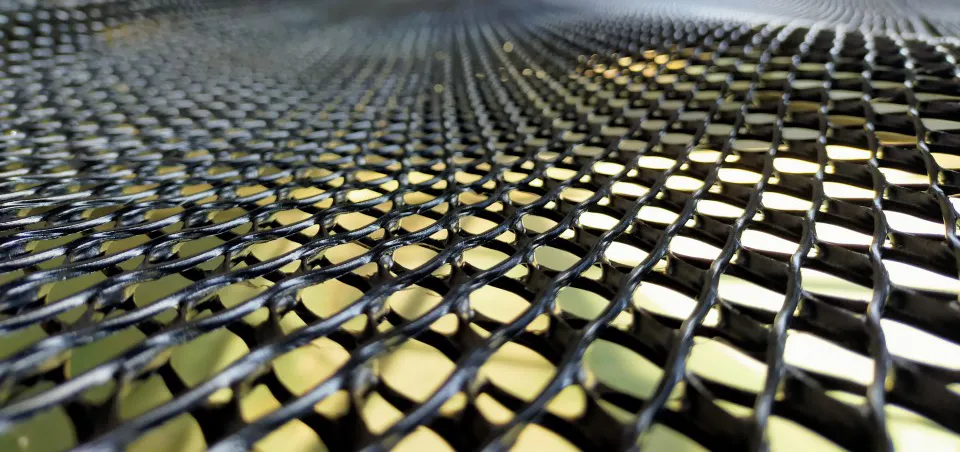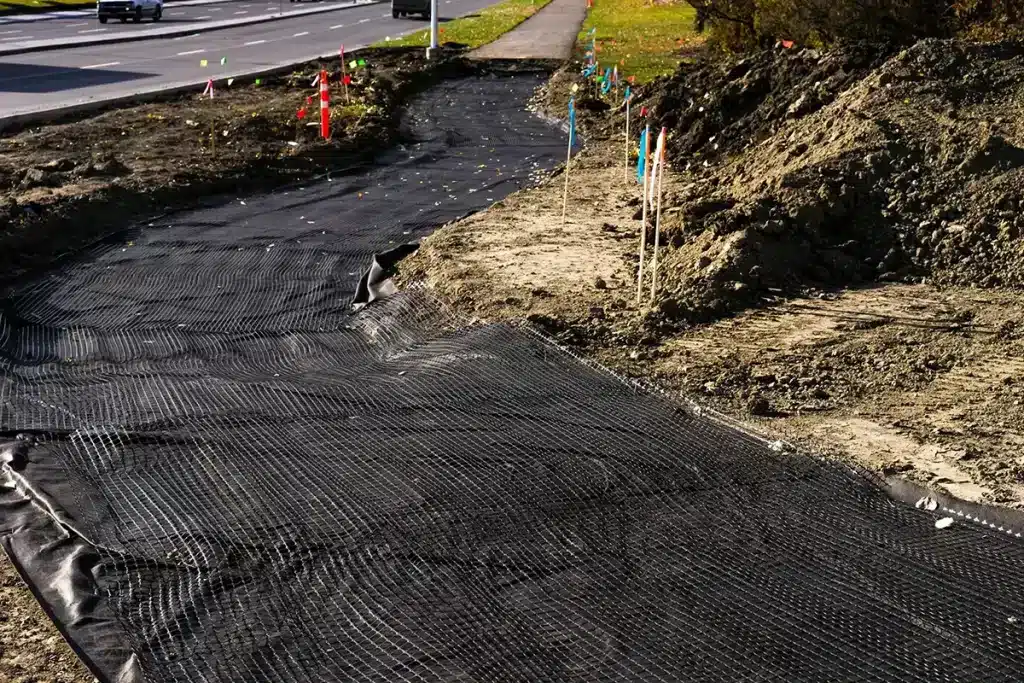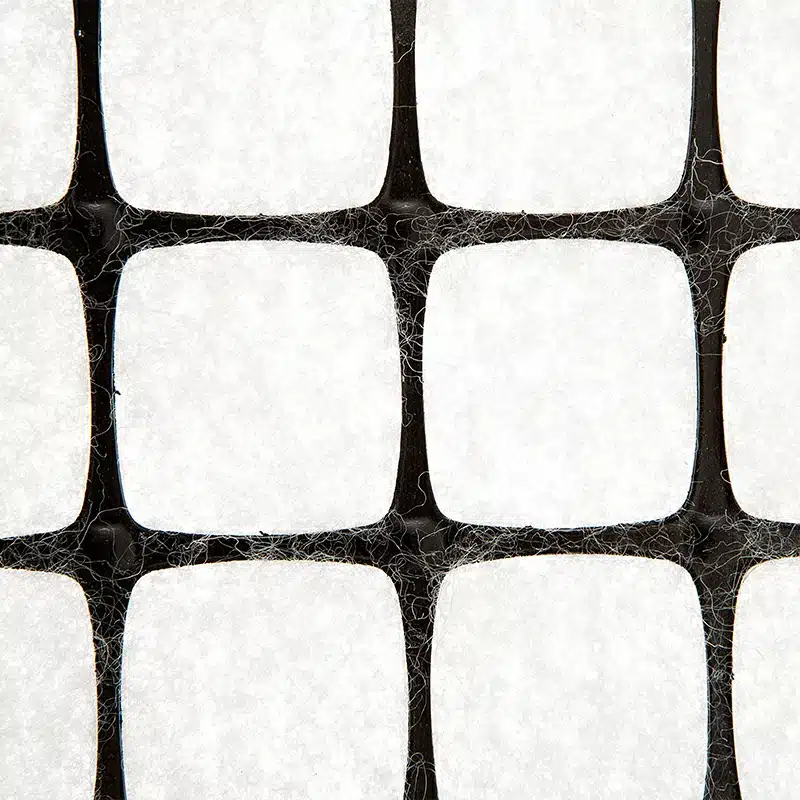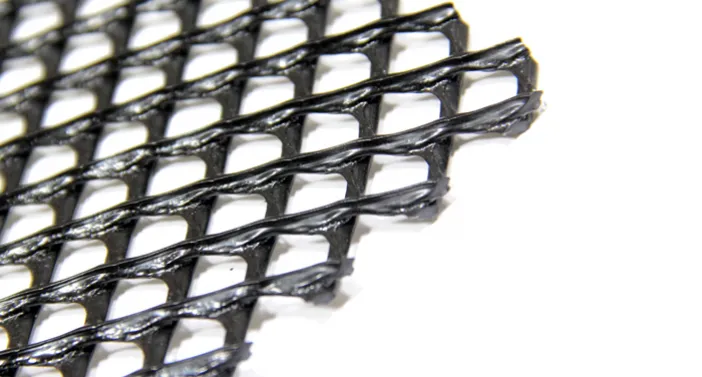+86-159 9860 6917
info@geofantex.com
geofantex@gmail.com
+86-400-8266163-44899
GeoNets are a fascinating and crucial component in the field of geosynthetics, employed in various environmental and engineering applications. This article will delve into what GeoNets are, their primary functions, their specific uses in landfills, and how they differ from other similar technologies like geogrids.

What is a GeoNet used for?
geonets are typically used in civil engineering and construction projects to improve the stability and performance of subgrade soils. geonets are often placed beneath roads, railways, embankments, and other infrastructure to provide reinforcement, drainage, and filtration.
Here’s how geonets are used:
- Soil stabilization: Subgrade geonets help to stabilize weak or unstable soils by distributing loads more evenly and reducing the risk of settlement or deformation.
- Drainage: They facilitate the drainage of excess water from the subgrade, preventing the buildup of hydrostatic pressure and reducing the risk of water-induced damage such as erosion or soil instability.
- Filtration: Subgrade geonets act as a filters to prevent fine soil particles from migrating into drainage systems or other layers of the pavement structure, ensuring the long-term effectiveness of the drainage system.
- Reinforcement: By providing a layer of reinforcement within the subgrade, geonets improve the overall strength and load-bearing capacity of the pavement structure, enhancing its durability and performance under heavy traffic loads.
Overall, subgrade geonets play a crucial role in enhancing the stability, drainage, and longevity of civil engineering projects by improving the performance of the subgrade soils.
What is the primary function of a GeoNet?
geonets serve as drainage and reinforcement systems in various civil engineering applications, primarily within road and railway construction. The primary functions include:
- Drainage: Subgrade geonets facilitate efficient drainage by providing channels for water to flow horizontally within the soil. This helps prevent water buildup, which can weaken the subgrade and compromise the structural integrity of the pavement or railway.
- Soil Reinforcement: These geonets also act as reinforcement elements within the soil, improving its load-bearing capacity and stability. By distributing the applied loads more evenly, they help minimize deformation and settlement of the subgrade.
- Erosion Control: In areas prone to erosion, geonets can help stabilize the soil and prevent its loss due to water runoff or other environmental factors.
- Filtering: Some geonets come with filtering properties, allowing them to trap fine particles while still allowing water to pass through. This helps maintain the integrity of the drainage system by preventing clogging.
Overall, geonets play a crucial role in enhancing the performance and longevity of transportation infrastructure by addressing issues related to drainage, soil stability, and erosion control.

What is GeoNet in landfill?
GeoNet is a geosynthetic material used in landfill engineering. It’s a type of geocomposite made of a combination of geotextiles and geonet materials. Geonets are typically made from high-density polyethylene (HDPE) or polypropylene (PP) and have a grid-like structure that allows for the efficient flow of liquids within the landfill.
In landfill applications, GeoNet serves several purposes:
- Drainage: It helps to facilitate the drainage of leachate, which is the liquid that forms as water percolates through the waste in the landfill. By providing pathways for leachate to flow, GeoNet helps to prevent the accumulation of excess liquids that could lead to environmental contamination.
- Gas Venting: In addition to leachate, landfills also produce gases such as methane as organic waste decomposes. GeoNet can be used to create gas collection trenches or vertical gas wells within the landfill, providing pathways for the safe extraction and management of these gases.
- Stability: GeoNet can improve the stability of landfill slopes by enhancing their drainage properties and reducing the buildup of pore pressures within the waste mass. This helps to minimize the risk of slope failure and associated environmental hazards.
Overall, GeoNet plays a crucial role in the effective and environmentally responsible management of landfill sites.
What is the difference between Geogrid and GeoNet?
- Composition: Geogrid is made from polypropylene, polyethylene, or polyester; GeoNet is typically made from high-density polyethylene (HDPE).
- Structure: Geogrid has a grid-like pattern for soil interlocking; GeoNet has intersecting ribs forming channels for liquid flow.
- Primary Function: Geogrid provides soil reinforcement and load distribution; GeoNet facilitates drainage and gas or liquid movement.
- Applications: Geogrid is used in roads, retaining walls, and slopes; GeoNet is used in landfills, retaining wall drainage, and green roofs.
- Performance Benefits: Geogrid enhances stability and reduces material use; GeoNet improves drainage efficiency and prevents soil clogging.
- Environmental Role: Geogrid supports sustainable infrastructure; GeoNet aids in leachate and gas management for environmental protection.
In essence, Geogrid focuses on reinforcement, while GeoNet specializes in drainage. Both materials are integral to geotechnical engineering—Geogrid strengthens soil structures, and GeoNet ensures effective water and gas flow, contributing to durable and environmentally responsible construction projects.
GeoNets are a versatile and essential component of modern geotechnical engineering. With applications ranging from landfill management to road construction, their primary function of facilitating effective drainage is invaluable. Understanding the differences between GeoNets and similar products like geogrids allows for their appropriate application in projects, ensuring environmental safety and the longevity of structural elements. As the demand for effective environmental protection and infrastructure development grows, the role of GeoNets is likely to expand, highlighting their importance in contemporary engineering solutions.



Get Free Sample
We’ll respond as soon as possible(within 12 hours)





















